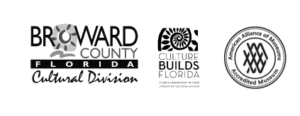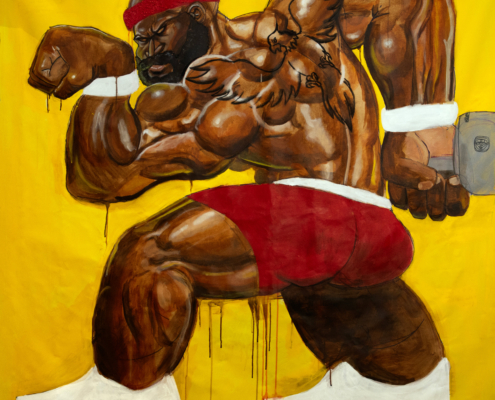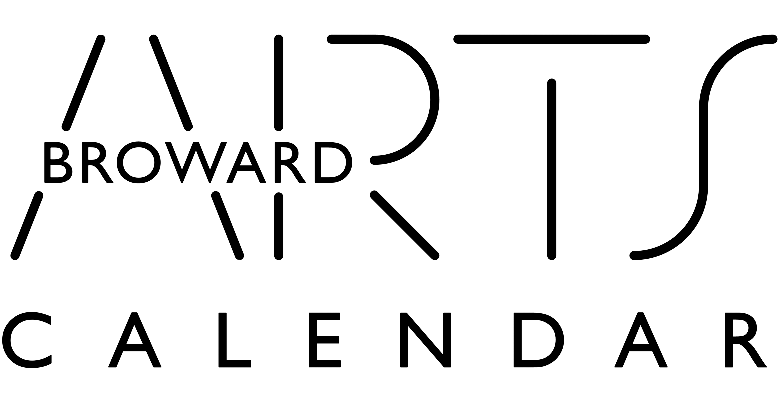 https://nsuartmuseum.org/wp-content/uploads/2024/07/image009.png
1083
1361
David Guidi
https://nsuartmuseum.org/wp-content/uploads/2021/03/NSU-Logo-2021.png
David Guidi2024-07-24 14:16:032025-01-14 11:07:47Joel Meyerowitz: Temporal Aspects
https://nsuartmuseum.org/wp-content/uploads/2024/07/image009.png
1083
1361
David Guidi
https://nsuartmuseum.org/wp-content/uploads/2021/03/NSU-Logo-2021.png
David Guidi2024-07-24 14:16:032025-01-14 11:07:47Joel Meyerowitz: Temporal AspectsExhibition
NSU Art Museum
2nd Floor
Discover more as a member.
Top image: Henry Heerup, Untitled (Moon Girl), 1972. Oil on canvas. NSU Art Museum Fort Lauderdale; Cobra Collection; gift of Golda and Meyer Marks. Photograph by Angelika Rinnhofer.
The Eye of CoBrA
This space offers a glimpse into the Museum’s CoBrA Collection, a historic trove of more than 1700 artworks donated by Museum patrons Golda and Meyer Marks. Over the course of 15 years, the Marks’ amassed the largest holding in the United States of artwork created by members and affiliates of the European post-war artist group known as CoBrA. This collection of art, ephemera and research material is a defining aspect of this institution, critically shaping our exhibitions and programming.
CoBrA is an acronym for Copenhagen, Brussels and Amsterdam, the capital cities from which the group’s founders originated. CoBrA was established on November 8, 1948 by six artists: Karel Appel (b. 1921, Amsterdam, Netherlands; d. 2006, Zürich, Switzerland), Asger Jorn (b. 1914, Jutland, Denmark; d. 1973 Aarhus, Denmark), Constant Nieuwenhuys (b. 1920, Amsterdam, Netherlands; d. 2005, Utrecht, Netherlands), Corneille (b. 1922, Liège, Belgium; d. 2010, Auvers-sur-Oise, France), Christian Dotremont (b.1922, Terburen, Belgium; d. 1979, Buizingen, Belgium) and Joseph Noiret (b. 1927, Brussels, Belgium; d. 2012, Brussels, Belgium). These artists were brought together by their mutual disagreement with the rigorous concepts of Surrealism, the leading avant-garde movement of the day. Instead, they believed that the trauma of World War Two called for a new form of expression, inspired by pure, childlike spontaneity, “an organic, experimental collaboration that avoids all sterile, dogmatic theory.” The artists declared their shared cause by signing a manifesto titled La cause était entendue (The Matter Was Settled), penned by Christian Dotremont.
Over the course of three years, the group amassed over thirty participants, who collaboratively organized 10 issues and four supplements of an eponymous magazine and mounted multiple exhibitions throughout Europe. Through these engagements, the artists demonstrated their belief in the importance of experimentation, community, and creative freedom.
The language of CoBrA lead to the creation of improvisatory paintings, poems, prose, sculptures, films, prints and drawings. Visually, the work combines abstraction and figuration, with faces, animals and words emerging from spontaneous mark making.
While the group disbanded in 1951 – primarily due to the hospitalization of artists Asger Jorn and Christian Dotremont from tuberculosis – the spirit of CoBrA continued to define the creative approaches of many of its participants. The majority remained in contact throughout their lives and continued to collaborate. Many also reunited through their participation in pivotal avant-garde movements that followed CoBrA, such as the Situationist International, Gruppe Spur, Arte Nucleare and the Imaginist Bauhaus, all of which shared ideals of a free society which celebrated unbridled creativity.
Major support for NSU Art Museum Fort Lauderdale is provided by the David and Francie Horvitz Family Foundation, the City of Fort Lauderdale, Community Foundation of Broward, the Broward County Cultural Division, the Cultural Council, and the Broward County Board of County Commissioners, and the State of Florida, Department of State, Division of Arts and Culture and the Florida Council on Arts and Culture.












